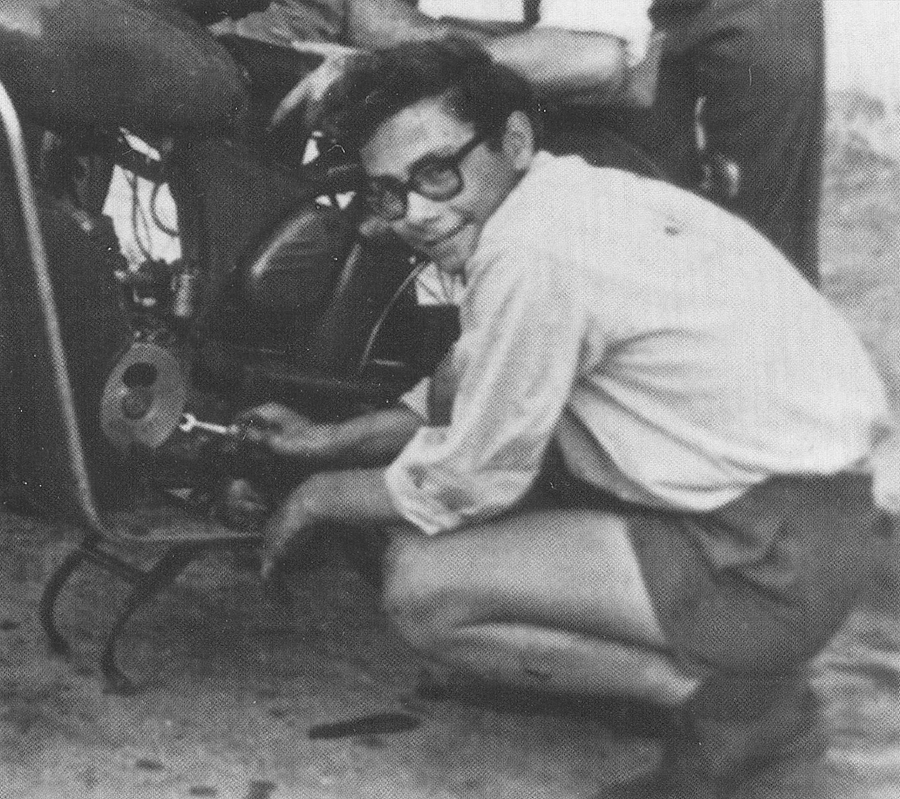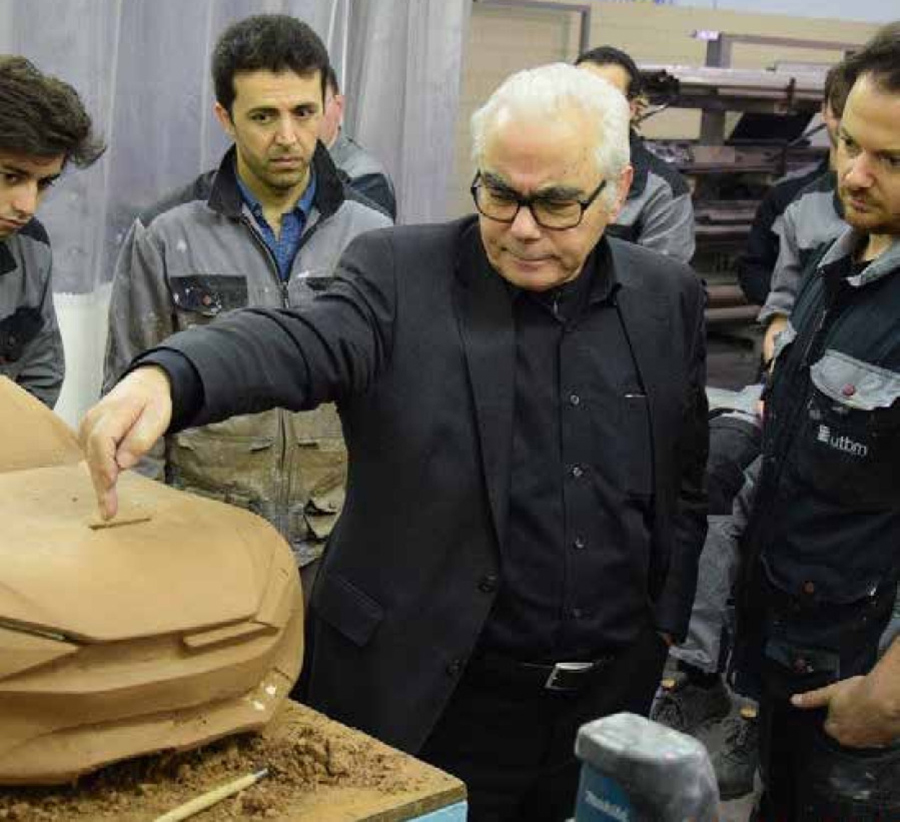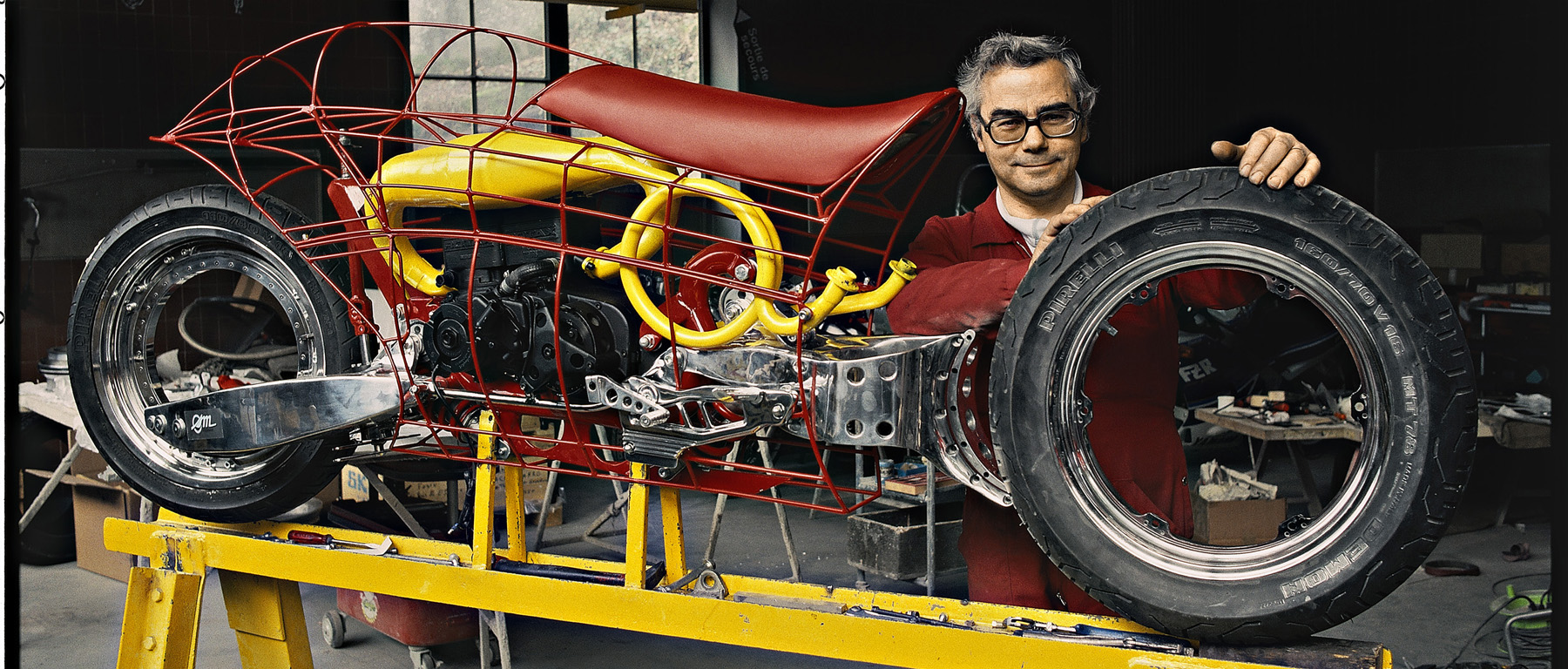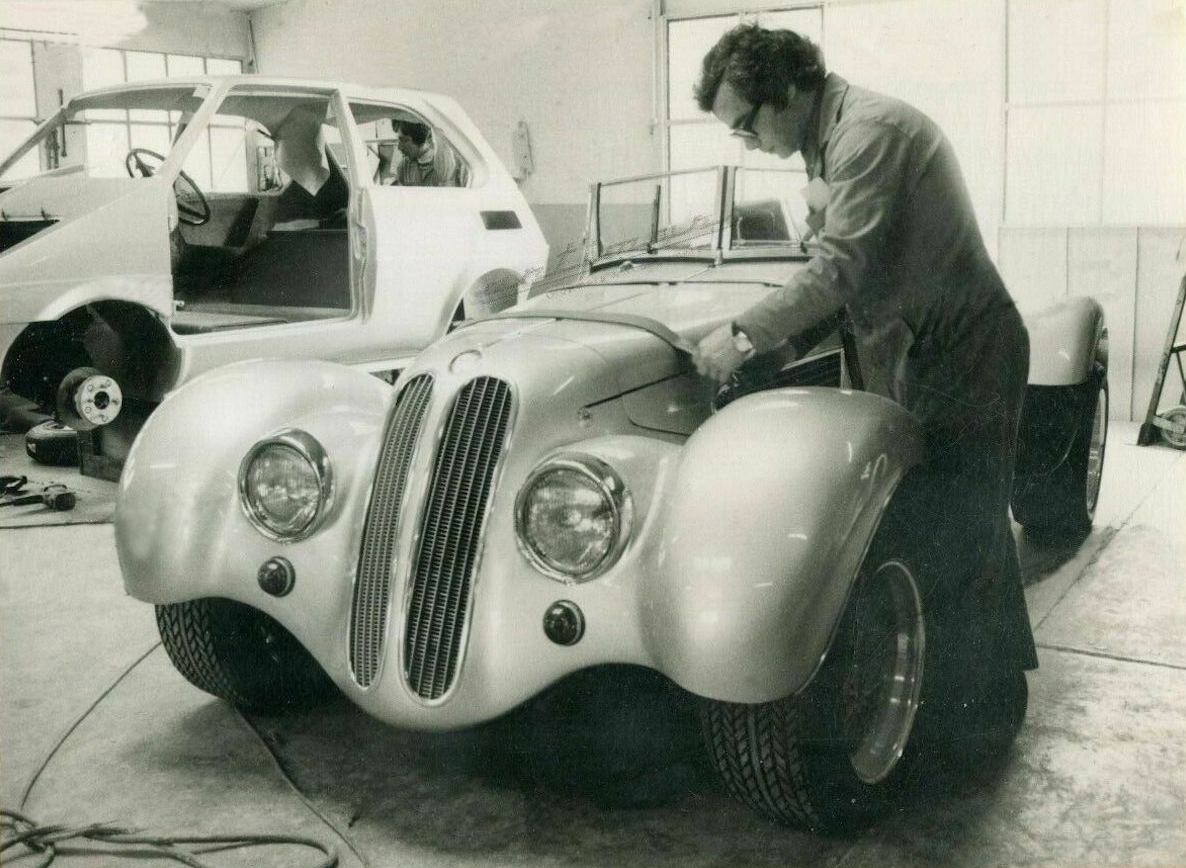
Childhood
Francesco Zefferino Sbarro,
better known as Franco Sbarro, was born on February 27, 1939,
in Presicce, Puglia (southern Italy). The son of a farmer, he
didn't have a happy childhood. Fortunately, the young Italian
soon developed a keen interest in all things mechanical. In
particular, the mopeds and scooters of his acquaintances. What
might have seemed like a hobby became an all-consuming passion
that would guide him throughout his life.

Transmission
With nothing left to prove and
wanting to pass on his knowledge, Franco Sbarro founded Espace
Sbarro, a special school where students, in addition to
"office" work (studies, conception, design), are obliged to
get their hands dirty in the construction, from A to Z, of
models they have to create according to precise
specifications, sometimes imposed by a manufacturer. A second
school opened in Casablanca (Morocco) in 1994 (CREA), then in
Pontarlier (France) until 2007 and then in Montbéliard (Centre
Espera). The study cycle lasts one year, and the work is
traditionally presented at the Geneva show in March each year.
In March 2013, Franco Sbarro celebrated his 40th participation
in the Geneva show, a show in which he has become unavoidable.






1- Book "La mécanique dans le sang, tome 1" by Daniel Héraud